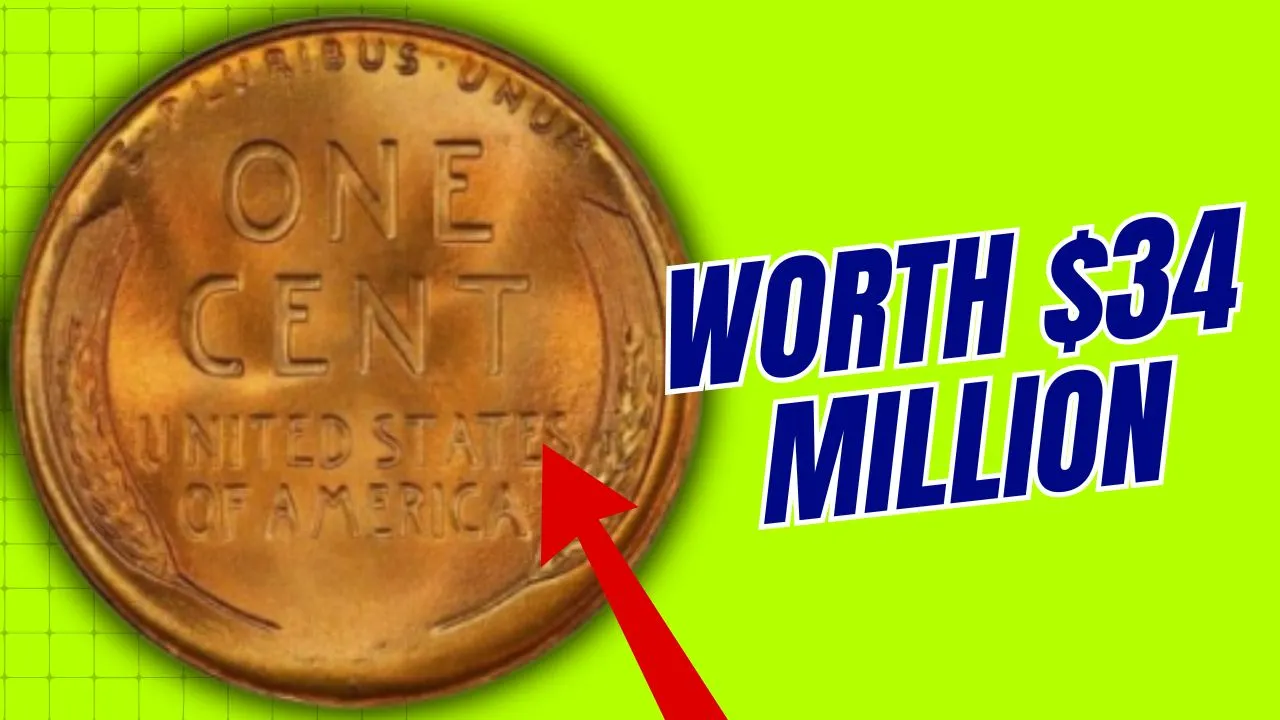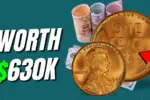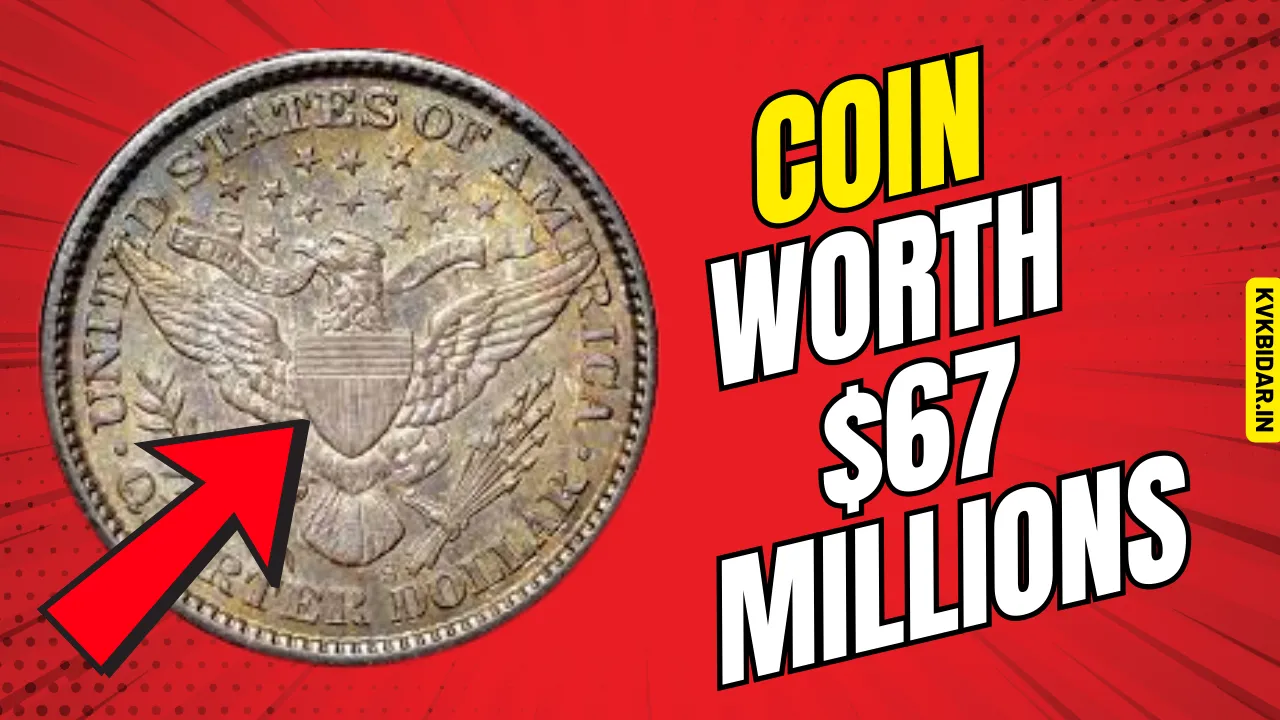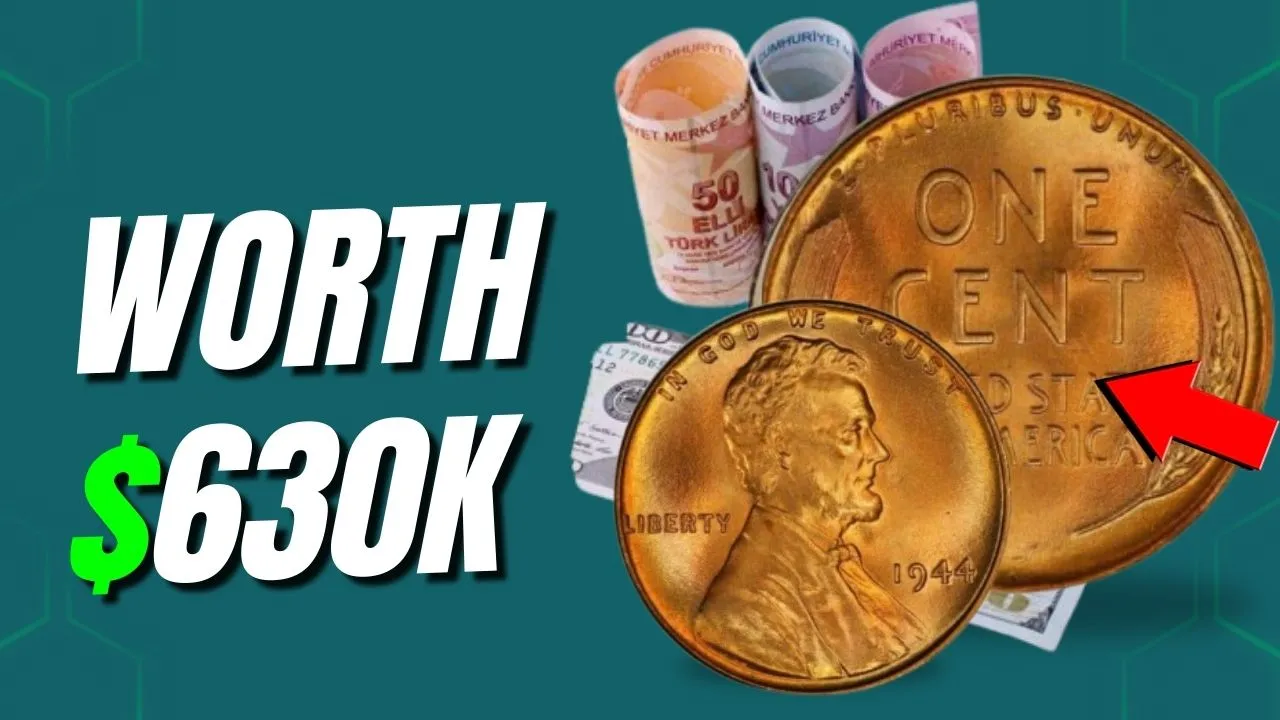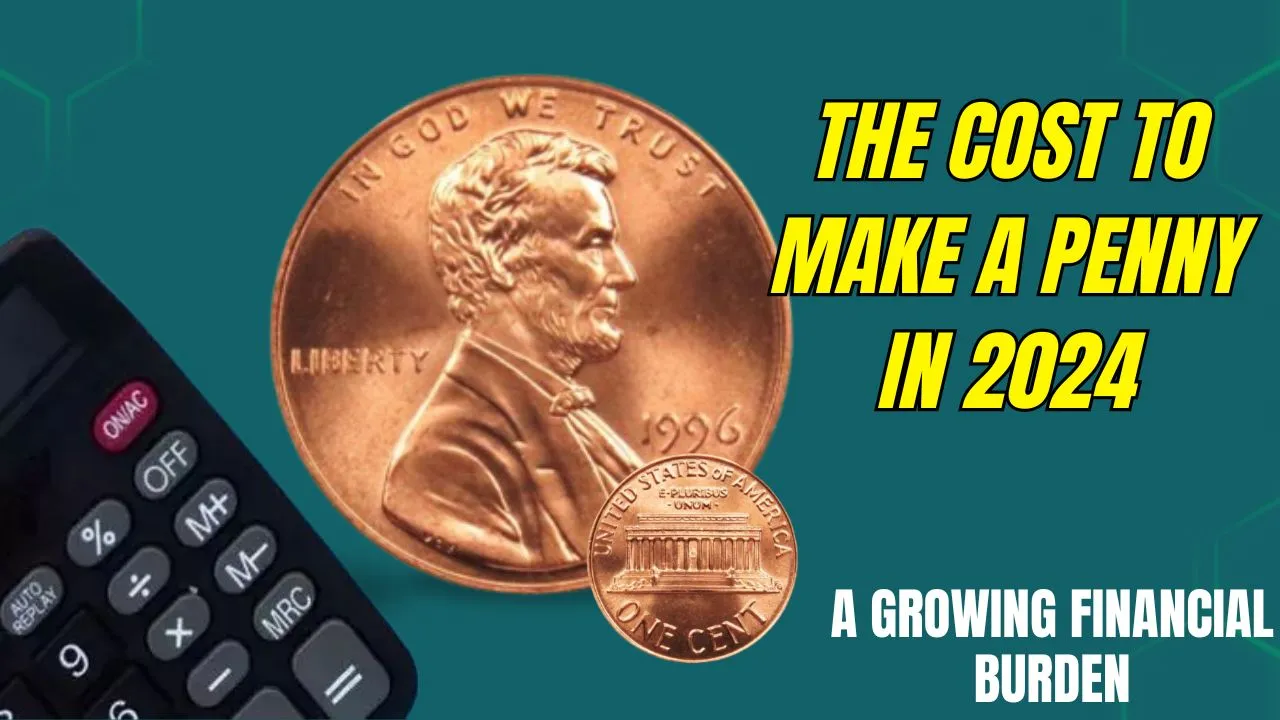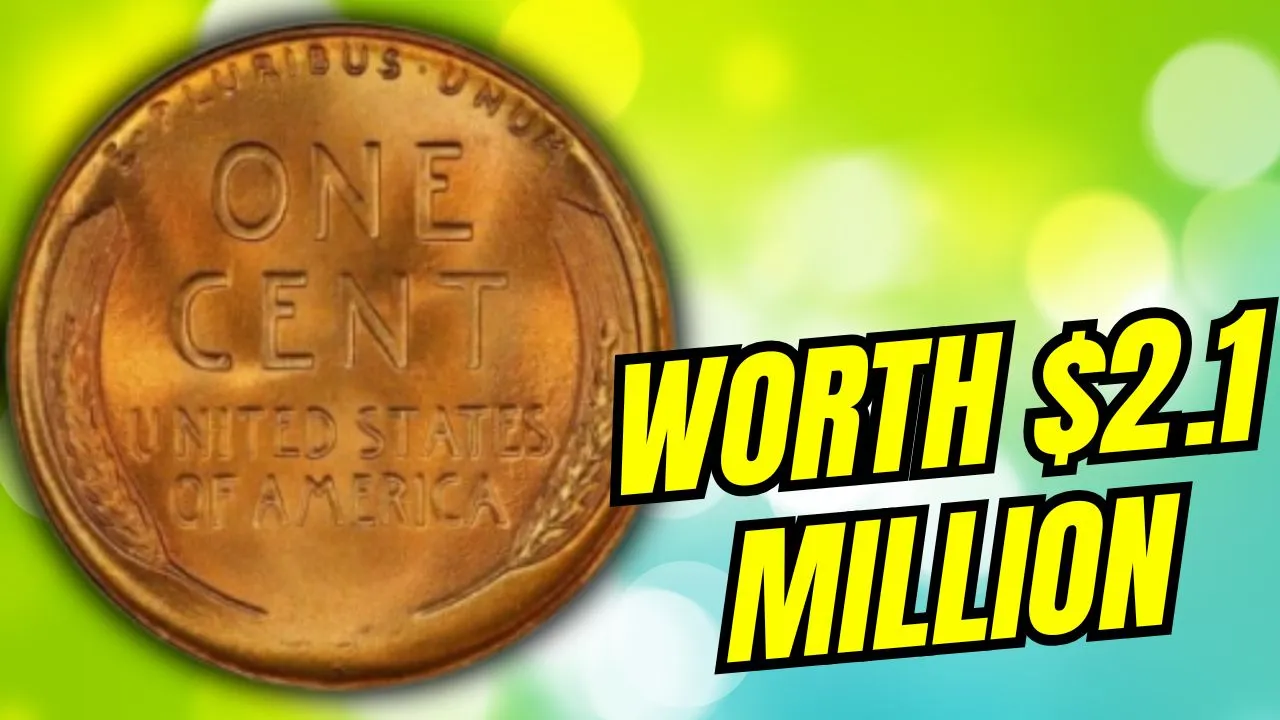The Lincoln Wheat Penny: The Lincoln Wheat Penny holds a special place in American history, both as a tribute to Abraham Lincoln and as a sought-after collectible. While most of these pennies are worth just a few cents, one extraordinary version—a rare 1943 copper penny—has shocked the world with its astronomical value of $34 million. Even more exciting, this coin is still believed to be in circulation, sparking treasure hunts among collectors and enthusiasts alike.
This article delves into the fascinating history of the Lincoln Wheat Penny, the rarity and value of the 1943 copper penny, and the surprising possibility that you could unknowingly possess one of these historic coins.
Quick Overview of the Lincoln Wheat Penny
| Feature | Details |
| Introduced | 1909, marking Abraham Lincoln’s 100th birthday |
| Designer | Victor David Brenner |
| Material | Copper, zinc, or steel (special copper version in 1943) |
| Rare Version | 1943 copper penny, mistakenly minted during WWII |
| Value | Standard pennies: a few cents; rare 1943 copper penny: $34 million |
| Circulation | Billions minted, still occasionally found in circulation |
The Birth of the Lincoln Wheat Penny
Introduced in 1909, the Lincoln Wheat Penny was the first U.S. coin to feature a president’s image, commemorating Lincoln’s centennial. Victor David Brenner, a sculptor known for his detailed work, designed the coin with Lincoln’s profile on the obverse (front) and two wheat stalks symbolizing prosperity on the reverse (back).
This penny remained in production until 1958, when the wheat stalks were replaced by the Lincoln Memorial design. As one of the most iconic coins in U.S. history, it’s a staple for coin collectors.
The Legendary 1943 Copper Wheat Penny
The 1943 copper Wheat Penny is one of the rarest and most valuable coins ever produced by the U.S. Mint. It owes its existence to an accident during World War II.
How It Happened:
In 1943, the U.S. government prioritized copper for the war effort, leading to the production of pennies using steel instead. However, a small number of copper planchets (coin blanks) were mistakenly left in the minting machines, resulting in a handful of copper pennies being struck that year.
Key Features of the 1943 Copper Penny:
- Material: Made of pure copper rather than the steel used that year.
- Color: Distinct reddish-brown hue, unlike the silver tone of steel pennies.
- Rarity: Only a few are known to exist, making it a numismatic treasure.
This mistake turned the 1943 copper penny into a legend, with collectors willing to pay millions for a piece of history.
Why Is the 1943 Copper Penny Worth $34 Million?
The value of the 1943 copper penny is driven by several factors:
- Incredible Rarity
With only a handful ever minted, this coin is one of the rarest in the world. Few remain in existence today, and their scarcity drives up their worth exponentially. - Historical Significance
Produced during the turmoil of World War II, this coin represents a unique snapshot of American history. - Collector Demand
Coin enthusiasts consider the 1943 copper penny the “holy grail” of U.S. coins, leading to fierce competition at auctions. - Condition and Authenticity
The better the condition and the more verifiable the authenticity, the higher the price a collector will pay.
In recent years, one such penny fetched $34 million at auction, cementing its place in the pantheon of collectible coins.
Common Lincoln Wheat Pennies vs. Rare Varieties
While the 1943 copper penny grabs the headlines, most Lincoln Wheat Pennies are far less valuable. These coins were minted in the billions and are still commonly found in circulation or coin collections.
Factors That Affect the Value of a Regular Lincoln Wheat Penny:
- Year of Production: Earlier years are often more valuable due to smaller production runs.
- Mint Marks: Coins produced at different mints (e.g., Denver or San Francisco) can vary in rarity.
- Condition: Pristine, uncirculated coins fetch higher prices than worn ones.
A standard Lincoln Wheat Penny might be worth just a few cents, though rare varieties or coins in excellent condition can reach several dollars.
Is a $34 Million Penny Still Out There?
Yes, the 1943 copper Wheat Penny is still considered to be “in circulation.” This doesn’t mean you’ll find it in your pocket change tomorrow, but rather that there’s a slim chance one could still be hiding in a forgotten collection, coin jar, or old box.
How to Check for a Rare 1943 Copper Penny:
- Color Test: Copper pennies are reddish-brown, while steel pennies appear silver.
- Magnet Test: Steel pennies are magnetic, but copper pennies are not.
- Professional Appraisal: If you suspect you have a 1943 copper penny, consult a professional coin appraiser for verification.
Finding one of these pennies is exceedingly rare, but the possibility keeps collectors and treasure hunters hopeful.
FAQs About the Lincoln Wheat Penny
Q1: What is the 1943 copper Wheat Penny made of?
A: It’s made of pure copper, unlike most 1943 pennies, which were made from steel due to wartime copper shortages.
Q2: How much is a 1943 copper Wheat Penny worth today?
A: One recently sold for $34 million at auction, making it one of the most valuable coins in history.
Q3: Are all Lincoln Wheat Pennies valuable?
A: No, most are worth only a few cents to a few dollars unless they’re in exceptional condition or part of a rare minting.
Q4: Can I still find a Lincoln Wheat Penny in circulation?
A: Yes, many Wheat Pennies remain in circulation, though rare varieties like the 1943 copper penny are exceedingly hard to find.
Q5: How can I authenticate a rare penny?
A: Use tools like a magnet or consult a professional appraiser to verify its material, condition, and authenticity.
Final Thoughts
The Lincoln Wheat Penny is a remarkable piece of American history that continues to captivate coin collectors and history enthusiasts. Whether you’re holding a common penny or one of the rare 1943 copper varieties, each coin tells a story of its time.
If you’re intrigued by this treasure hunt, why not start by checking your own collection? You could stumble upon a piece of history—or even a multi-million-dollar fortune. Share your discoveries or thoughts in the comments, and explore more exciting numismatic tales with us!
